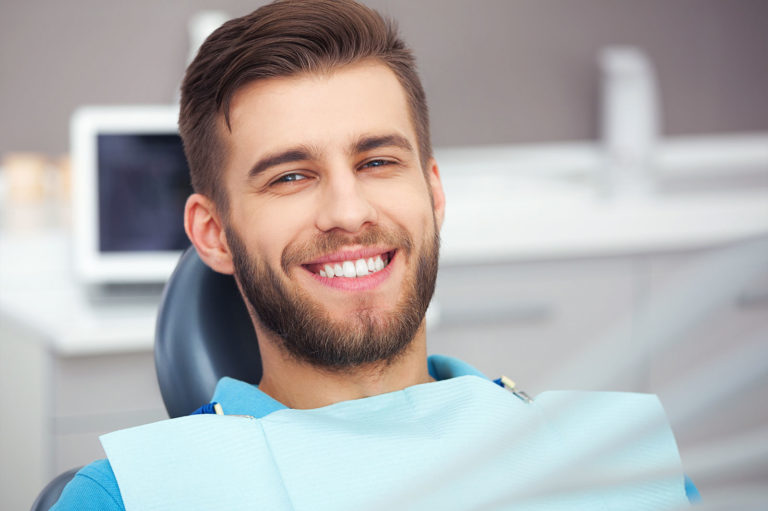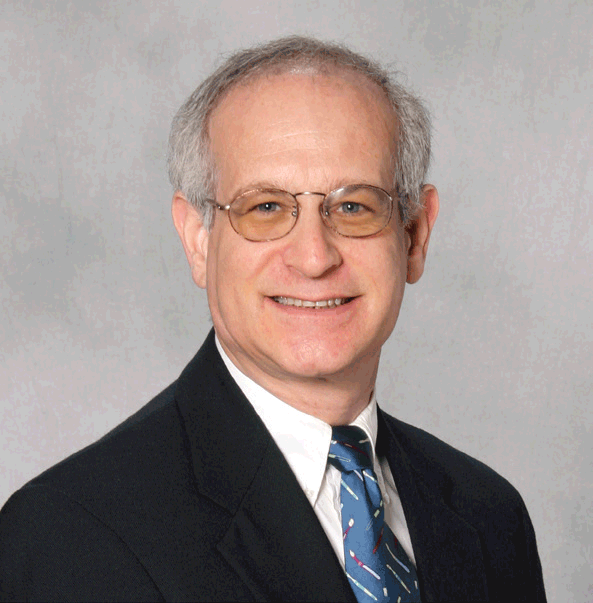 When you listen to the terms “Aesthetic and cosmetic dentistry,” you might probably think, “Aren’t they the same thing?”. Both of them are dental procedures that can help in enhancing the whole appearance of your teeth. But there are huge differences between them.
When you listen to the terms “Aesthetic and cosmetic dentistry,” you might probably think, “Aren’t they the same thing?”. Both of them are dental procedures that can help in enhancing the whole appearance of your teeth. But there are huge differences between them.
What is the significant difference between cosmetic and aesthetic dentistry?
The most important differences between these two dentistry procedures include:
Cosmetic dentistry mainly looks at improving the appearance of your teeth using dental procedures, teeth whitening, and veneers. While aesthetic dentistry focuses on fixing dental problems like restoring a few missing teeth, which don’t just make your teeth look better but also restore the function of your teeth, making you feel confident about your smile. This difference makes aesthetic dentistry more reliable than cosmetic dentistry.
Aesthetic dentistry makes use of the latest techniques available and has the capability of giving you a more natural-looking and healthy smile. Aesthetic dentists use advanced technologies to help you attain that look. All the effort will probably result in retaining the ability to eat and talk normally.
Cosmetic dentistry can help you attain a picture-perfect look using advanced but more invasive methods. So, the dental solutions usually used to achieve that smile involve teeth whitening, braces, etc. The goal is to help you get bright and straight teeth.
What are the dental problems that aesthetic dentistry can help fix?
Aesthetic dentistry can help with the following dental issues:
- Fix the alignment and change the shape and size of the teeth.
- Fill gaps between teeth.
- Correct bite problems.
- Brighten up the shade of your teeth.
- Restore teeth that are too decayed, broken, cracked, or chipped.
- Replace missing teeth etc.
Which procedure is right for me?
Whether you need cosmetic dentistry or aesthetic dentistry will depend on your particular dental need. Our dentist, Dr. Lee Lichtenstein, DMD, MBA, will make you sit comfortably on the dental chair, conduct a detailed oral examination and determine the right dentistry solution for you.
Whatever the dental procedure you undergo, its longevity depends on your oral hygiene regime and regular dental visits. So, make sure you don’t skip the dental visit and follow a strict oral hygiene routine.

